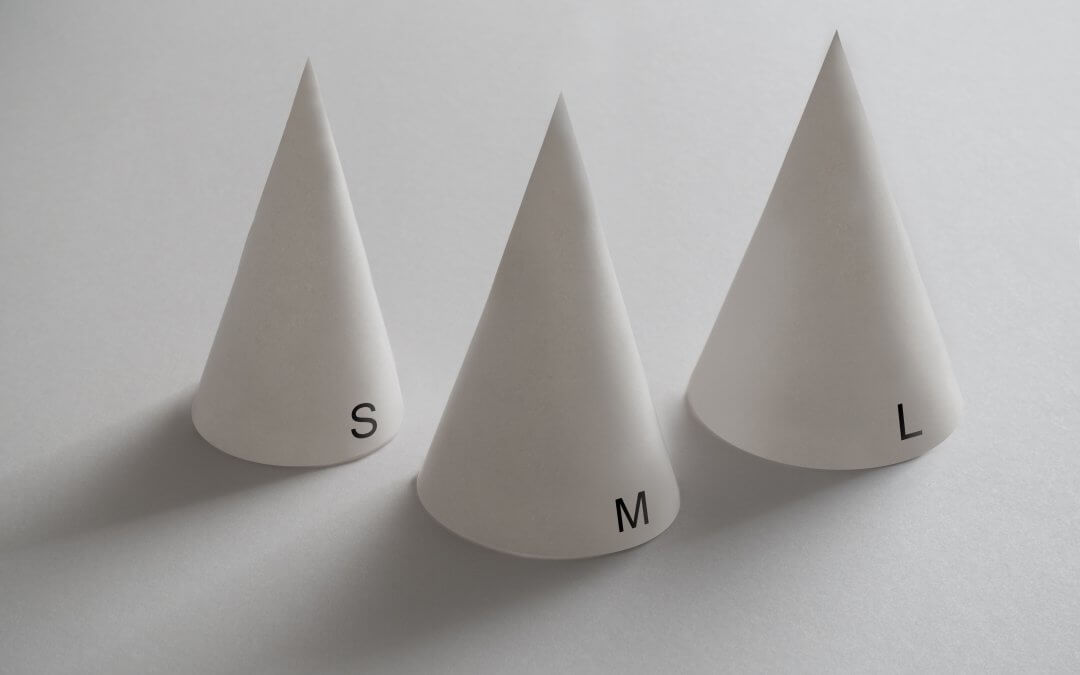Every day, many times across America;
- A six-year old sits in the corner in “Time Out” for a specific length of time for performance or behavior problems.
- A 15-year old is grounded for a specific length of time for performance or behavior problems.
- A 50-year old team member, parent or grandparent is placed on a level of discipline for a specific length of time for performance or behavior problems.
Where is the age of Accountability? I promise it is closer to 15 than 50.
Why do we continue to hold adults Accountable when that is THEIR responsibility? Why do we treat adults basically the same way as the six-year old? It is a leadership responsibility to insure each position is filled with a team member that is Consistently Capable. The Accountability is up to each individual team member.
“I want to challenge a decades old leadership practice. I think it has served us well but is ready for retirement. What is ready for retirement? Your disciplinary system. Yes, I do believe eliminating Performance Improvement Plans, Oral Reminders, Written Reminders and Suspensions can improve your results and morale. The only disciplinary action that will be retained will be terminations but that is not the first option.
In my decades of leadership, Human Resources and Leadership Coaching, I cannot recall anything positive about discipline. Discipline promotes anger and puts the focus on emotions and personalities instead of RESULTS.
I want you to consider holding team members Capable instead of Accountable.
Maintaining a Capable team is a Leadership Responsibility. Holding someone Accountable is a Personal Responsibility.
In today’s competitive environment, leaders do not have time to hold team members accountable with the administrative nightmare of a disciplinary system. Each team member should be provided with their job responsibilities and expectations.
Each team member should either be hired with or Educated with the skills necessary to be Capable of meeting regularly communicated expectations.
The threatening statement of;
“Failure to meet these expectations could lead to disciplinary action.”
is replaced by;
“I need someone in your position that is Consistently Capable of performing at the expected level. What will you do to correct this in the future.”
The Accountability is placed on the team member, not on the shoulders of leadership with forms and reports. The only requirement is documentation of this discussion. Your responsibility is to determine how many of these discussions take place before you replace the team member with someone that is Consistently Capable.
Of course, if there is a lack of tools or training, that is a leadership responsibility. Everything else is a personal Accountability problem. Personal Accountability is a CHOICE.
Who would win this football game?
Team A’s roster is filled with capable players. They consistently perform at or above the expected level. They consistently meet or exceed the expectations of the coaches or they are removed from the team.
Team B’s roster is filled with players that are constantly being held accountable for poor performance and behavior with discipline and suspensions.
Who wins? The Capable Team or the Accountable Team? I’m betting on the Capable Team.
Old Thought Process:
A few years ago, I met with two leaders of a large organization. They employed over 3000 team members. They were struggling with different results and were considering using my leadership coaching program for their leadership team. After some discussion, I asked this question; In the past three years, out of the 3000 plus team members, how many were placed on a performance plan, level of discipline or terminated? They looked at each other, grinned and said none. I replied there was no way they were that good. I asked how they were improving? That was when I thought the only way to improve was through Accountability.
New Thought Process:
How many team members are consistently incapable of performing at the regularly shared, expected level of performance? Why are they still employed? This is meeting results and improving through Capability.
As a leader, it IS my responsibility to grow, develop and improve a team. This is accomplished by providing the tools and training for each team member to grow, develop and improve.
The decision to use the tools and training to grow, develop and improve is not a responsibility of leadership. It is a personal responsibility of each team member that has been placed on the shoulders of leadership for too long.
We need to stop building Accountable Teams and begin building Capable Teams….yesterday.




